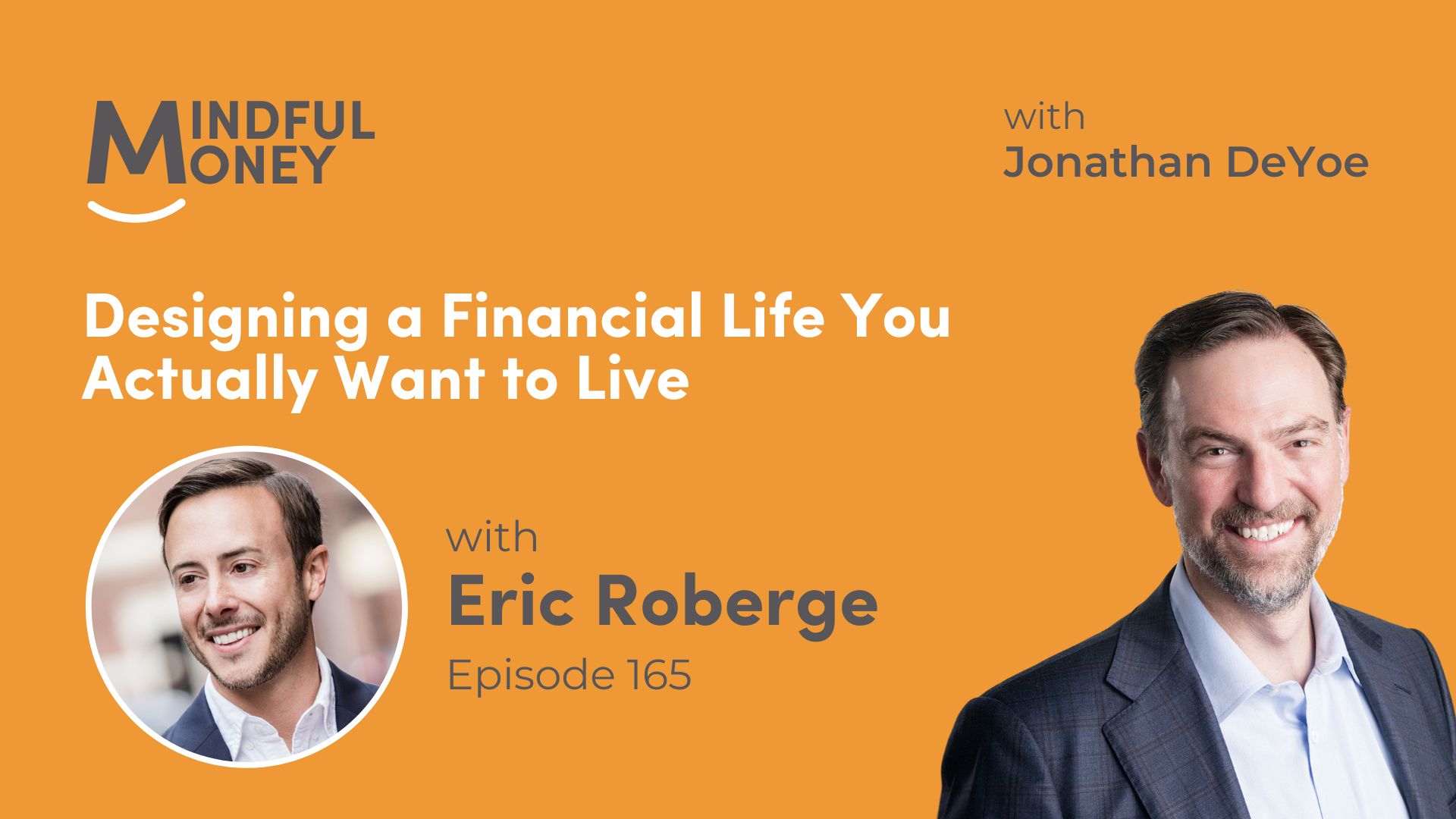Once you have a sound investment plan, one of the most dangerous questions you can ask yourself is, “Should I change my investing strategy, because _____?”
It usually starts out like this…
You’re investing exactly as your plan suggests you do. You’re appropriately allocating across asset classes. You’re diversifying within them. You’re saving at least 20% of your income. And you’re rebalancing regularly.
You’ve got this investment thing running like a well-oiled machine. But you always seem to know someone who’s enjoying higher returns. Maybe it’s a friend. A coworker. A distant cousin who gets on your nerves a little too much.
Even though you try to ignore their wins, FOMO (Fear Of Missing Out) kicks in and you start thinking it’s time to change your own investment strategy. Surely they know something you don’t, right?
Not necessarily.
Outperformance: It’s a game of cat and mouse
The group of investors who are outperforming at any given time is constantly changing. It might be your friend one month, your coworker the next, and that pesky cousin six months from now. But you don’t know that, though, because it just looks like more and more people are doing better than you.
Here’s something I’ve come to realize over my 25 years in the finance industry: People can’t shut up when they happen to own the EV stock that’s up 400%. But they never say a word about the biotech that went to zero.
Comparing yourself to those who are doing better than you are will always leave you feeling worse. The worse you feel, the more insistent that question becomes until the noise is irresistible.
So, should you change your investing strategy?
Probably not, and here’s why.
The problem with changing your investment strategy
When you sell something you own that isn’t working just to buy something that has been working better for someone else, you’re making a bet that these things all move in a straight line. You’re betting that reversion to the mean is a thing of the past. You’re saying that the human proclivity to pile into things when they’re exciting and run from them when they’re scary is a distant memory.
You’re choosing to sell low and buy high. Not only does this go against what all great investors teach us, but it also has emotional consequences.
When you take the active (read: fun) approach to investing, this is what happens:
- You always worry about the stock market – (when you’re at work, out with friends, on vacation, and every moment in between)
- You lose sleep at night stressing over your performance – (which affects your relationships, your health, your job performance)
- You begin a downward spiral as your lower-than-average returns make you feel guilty and incapable – (because each change creates trading costs and tax consequences without adding to returns)
As an advisor, I am constantly saying, “Don’t do that” as people react to some current data point. Sometimes the most important thing I can suggest you do – for both better financial and personal outcomes – is nothing. The best advisors force the most boring portfolios.
How to build a boring investment portfolio
The media, society, and even your friends are quick to tell you your boring investment strategy won’t win – but don’t listen.
The boring approach is the most efficient way to achieve long-term success because it reduces your likelihood of making a mistake when your normal emotional responses move you to do something you shouldn’t (aka act irrationally).
These three steps make up a boring (but higher probability) investment strategy:
Step 1: Asset allocation
Choose your asset allocation mix based on your time horizon and risk tolerance. If you’re in your 20s and just getting started, you may have an asset allocation heavily weighted in shares of the great companies around the world (global equities). If you’re nearing retirement, I still favor equities for their ability to overcome inflation, but you may be more comfortable with a little less equity exposure. And that’s OK, because your time-horizon is shorter.
Regardless of your mix, a solid investment approach divides your assets among these three asset classes:
- Equity assets – has the highest volatility of the three, but also the highest long-term returns.
- Fixed-income assets – the goldilocks of the three, this class provides stability but has lower long-term returns than equity.
- Cash or cash equivalents – this pays little, but is also the least risky of the three.
Step 2: Diversification
Once you’ve selected your asset allocation mix, diversify within each class. This spreads your investments out across multiple assets instead of only pumping money into the recent out-performers.
The aim of diversification is to capture the long-term expected return of the asset class. There will be times when you are receiving additional “unexpected” returns and there will be times when your portfolio is providing less than what is expected over long periods, but the goal is to capture the expected returns.
To reach this goal, you must own as much variety within each asset class as possible. For equity, you want to own both domestic companies and international, big companies and small, growth companies and value. For fixed-income, you should own a variety of maturities and credit risks, domestic and international, government and corporate. You can get diversified by owning a variety of different tools – you may own stocks and bonds directly; exchange-traded funds (ETFs), and/or mutual funds.
Once you’ve established your asset allocation mix, you capture long-term expected returns by diversifying as broadly as possible within each asset class.
Step 3: Regular rebalancing
As time passes, your portfolio’s risk shifts due to a change in markets. Maybe the stock market has been very strong and you’re now overexposed to stocks. Rebalancing brings your portfolio back to the original asset mix you chose in Step 1.
But it also does one more very important thing… it forces a buy-low-sell-high decision. When you rebalance, you sell the things that had the strongest performance (high) and buy the thing with the weakest performance (low) in your own portfolio.
All you have to do is keep dollar-cost averaging and keep rebalancing annually until you have ‘enough’ as defined by your plan.
The benefits of a boring investment strategy
There are many benefits to choosing the boring investment approach:
- You enjoy more consistent returns and a higher probability of reaching long-term outcomes. (But your trust will still be tested when you hear about great short-term returns.)
- You may occasionally outperform an appropriate benchmark. (But this hardly matters when you’re on the path towards reaching your financial goals, such as putting kids through college, caring for aging parents, or creating a retirement income you can’t outlive).
- You’re hopefully able to tune out the financial press (They will continue touting the newest investment product or squawking about the latest economic statistic. You’ll simply be tuning them out.
The boring approach to investing = more peace of mind and less stress. Isn’t this what you wanted to begin with?





